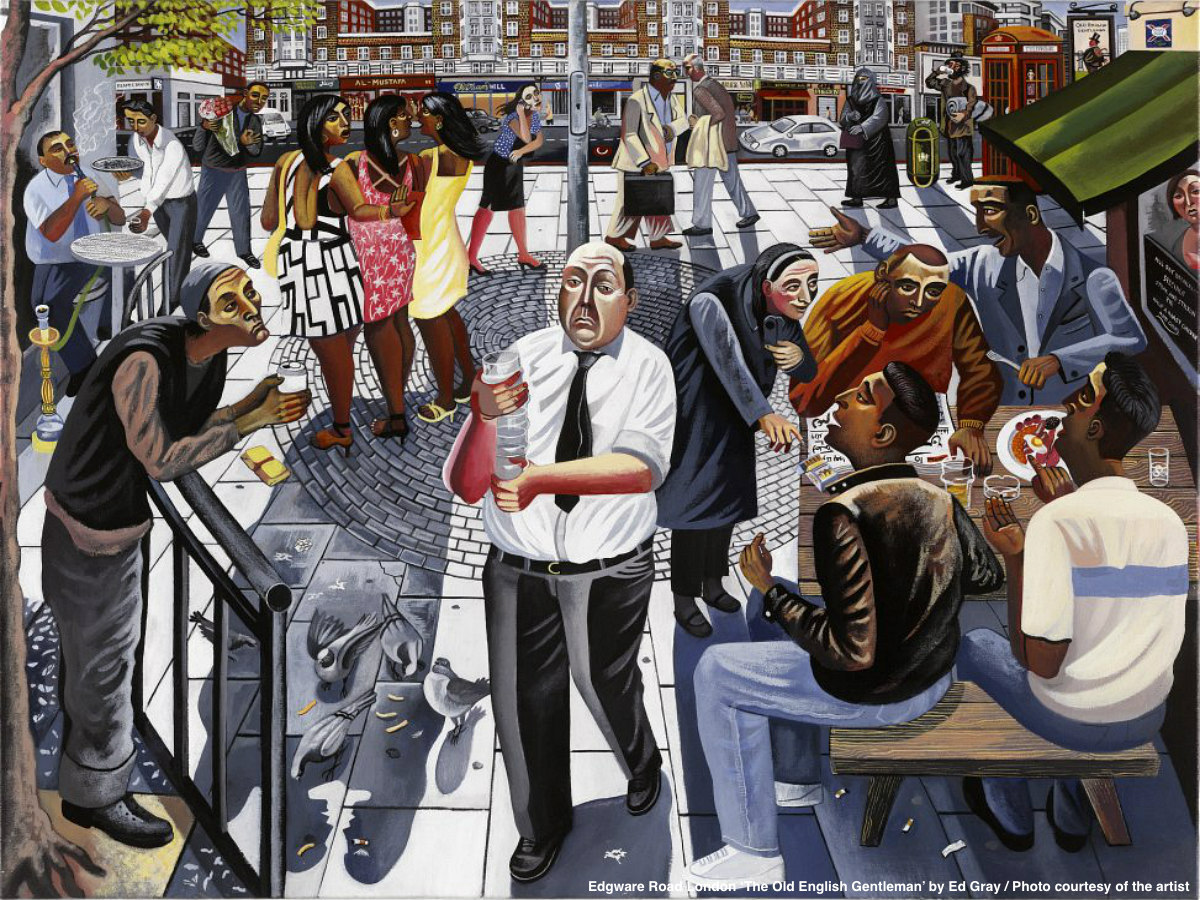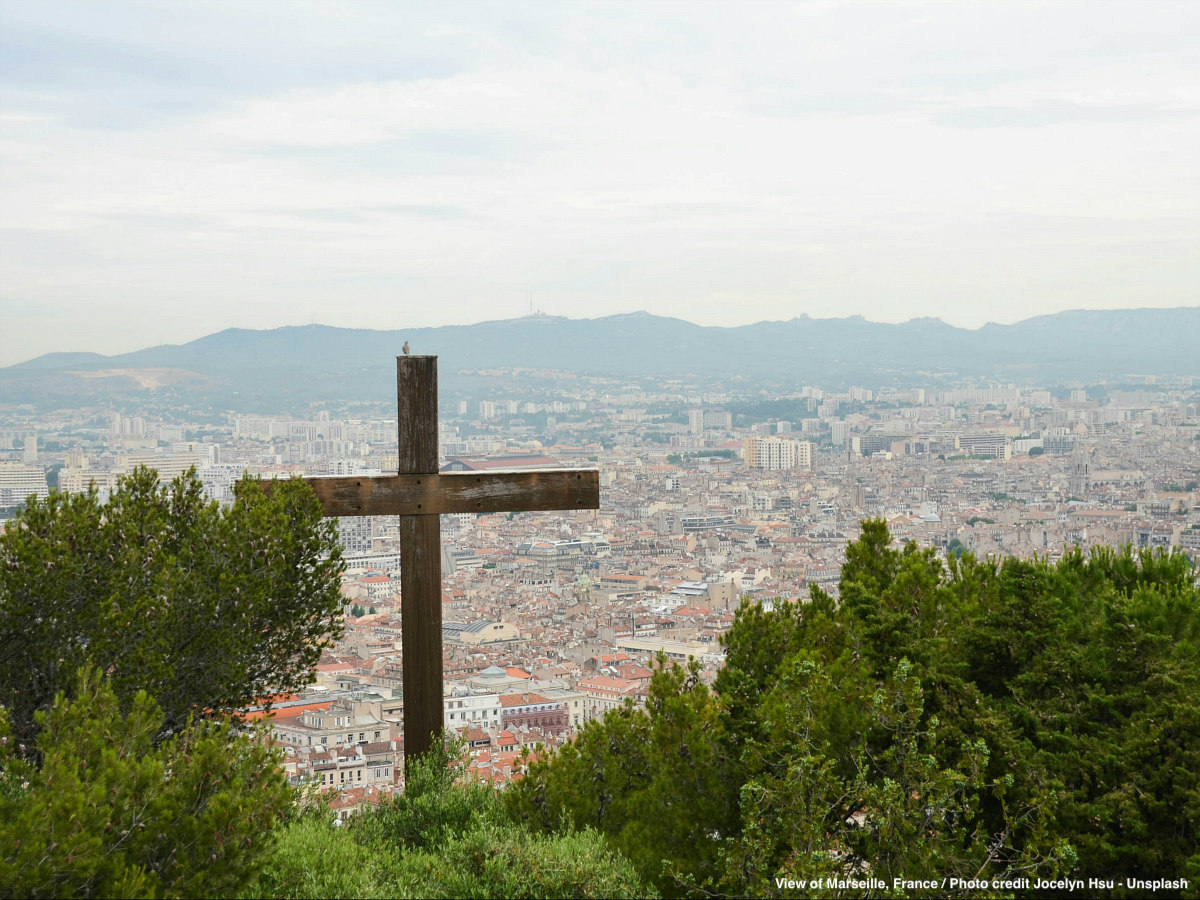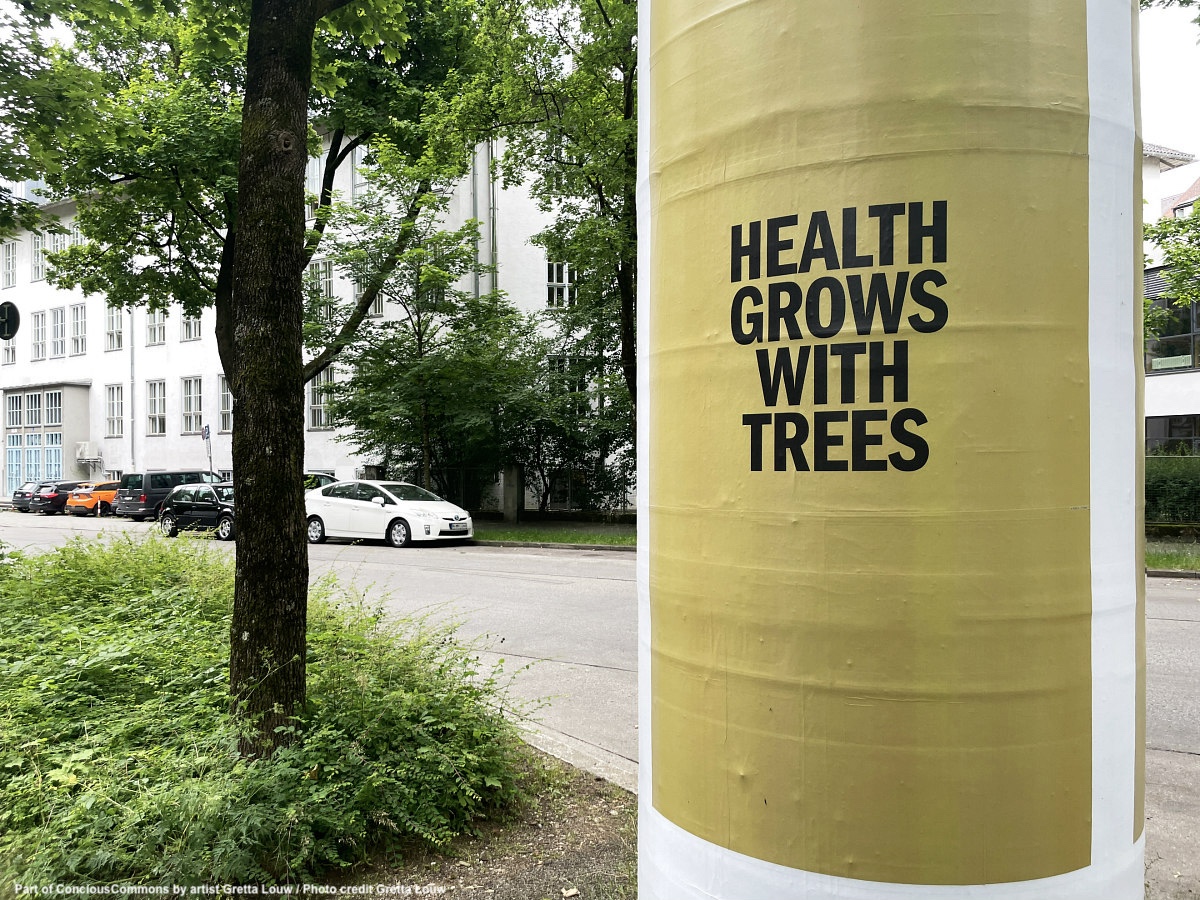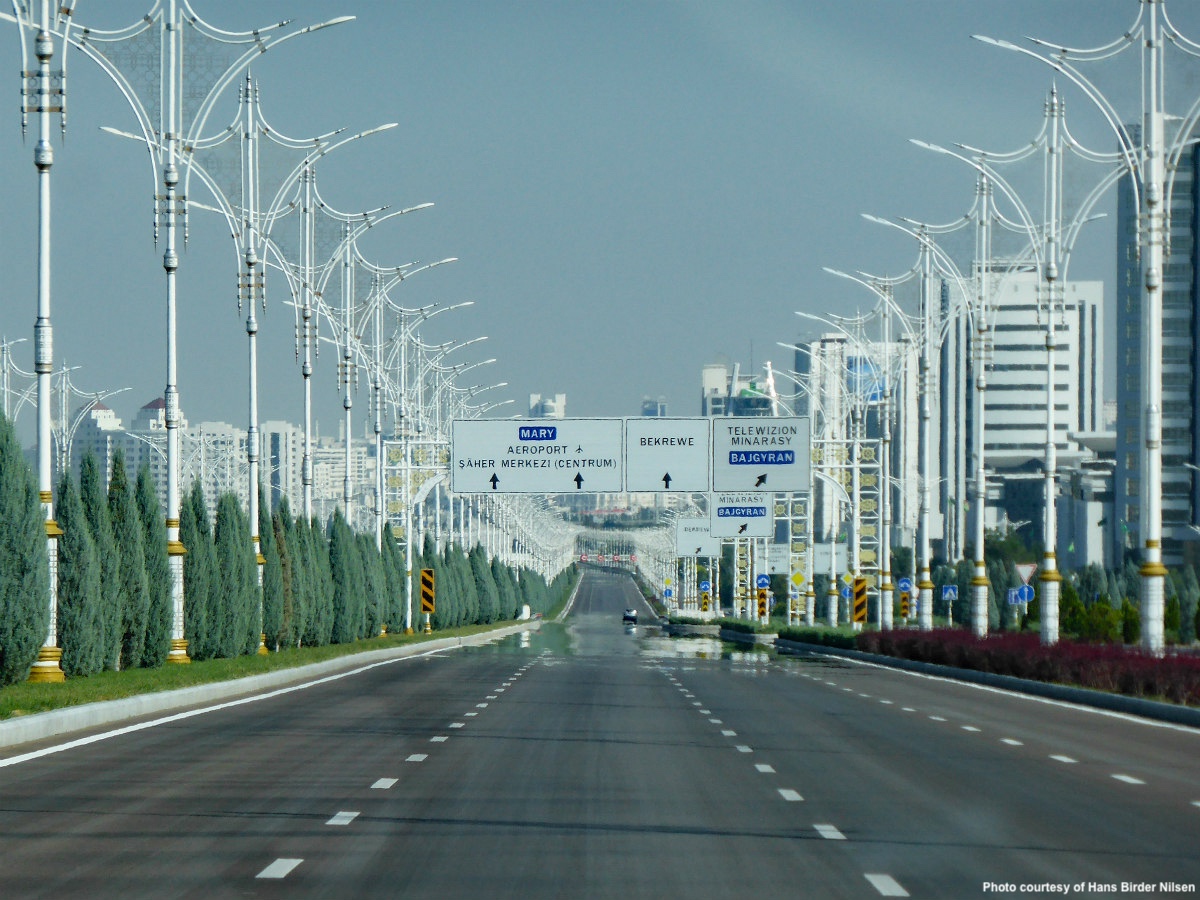Ed Gray’s art can’t be found in galleries anymore. “I’m much happier finding a venue where I can bring a crowd of people through a series of talks and discussions about my paintings. I can use my work as a platform for dialogues,” he says. London-based artist Ed Gray embodies the contradictory but pragmatic position of finding a place in the art world that focuses on developing and elevating the value of the local community.
While other local London artists paint the long forgotten businesses and buildings that have since been knocked down, Ed Gray instead captures people “in a world that’s moving so fast” and where people feel powerless about the urban renewal going on around them.
A man wearing a beret gives me a gentle smile over Zoom from his atelier in London. “When I start a painting,” Gray admits, “All I know is that I see people in a particular neighborhood.” But he doesn’t really know yet what the painting is going to be about. Until later, towards the end. “Then after working on the painting over several months, the meaning becomes clearer, the layers of complexity, history, and society that I am painting start to emerge,” he says. It’s only in the last three weeks before finalizing his artwork that he usually realizes why he is painting that particular “choreography of the street.”
***
Ed Gray’s 2016 Adoration of a Cockney Rebel is a canvas full of activity. People are immersed in enjoying the Bermondsey Carnival in Southwark Park, despite the somber chalk Gray uses (old bits of the structure of the city that he finds on the banks of the Thames). Gray himself is in the painting making sketches, and the artist Henry Moore, an iconoclast of what rebel artists were doing at that time, is at its center here is a reference to David Bowie. Events like this carnival show that sense of community that Gray clearly adores and makes central to his paintings.
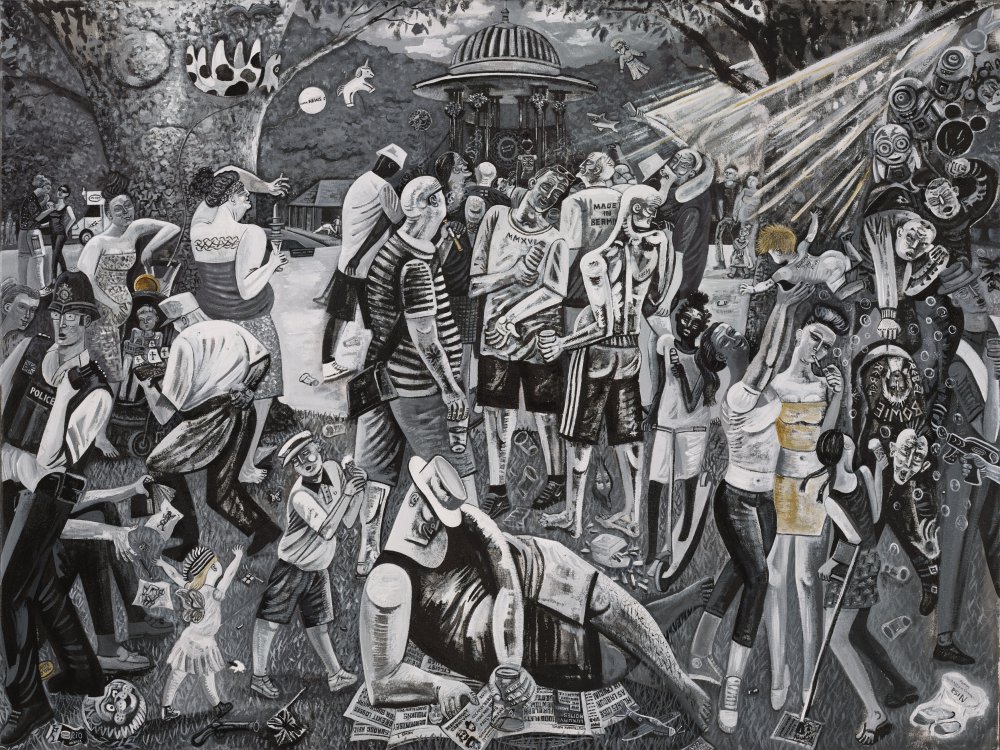
This painting showed “a community of rebels” that have waged various battles through history. “This community has seen and endured so much,” says Gray about this neighborhood, Rotherhithe, where he also lives. Last summer, some years after Gray’s painting in 2016, the Bermondsey Carnival was back in Southwark park following restrictions and insufficient funding. As Gray would have predicted the current gentrification in the name of urban renewal going on in Gray’s neighborhood, these rebels are fighting again.
Indeed, the painting circles back to battles of communities in Rotherhithe like plushse16, a group of small businesses built by Michael Clinkett over the course of two decades and who have now been evicted. The question is how many others are like Clinkett? How many more communities must we lose to developments that disregard the value of diversity and vibrancy in favor of ‘maximizing [shareholder] value’?
***
Gray’s painting in 2006 Harlem Crossing was made as an homage to the artists of the Harlem Renaissance that he loves so much: Lawrence, Bearden, William H Johnson and Archibald Motley Jr. Despite this difficult start in life, American painter Jacob Lawrence benefited from art educational opportunities in several community art centers in Harlem. Gray writes in his blog: “Lawrence’s Harlem series demonstrates the impact of the bustling streets on the young artist as he sought to illuminate the life around him.”
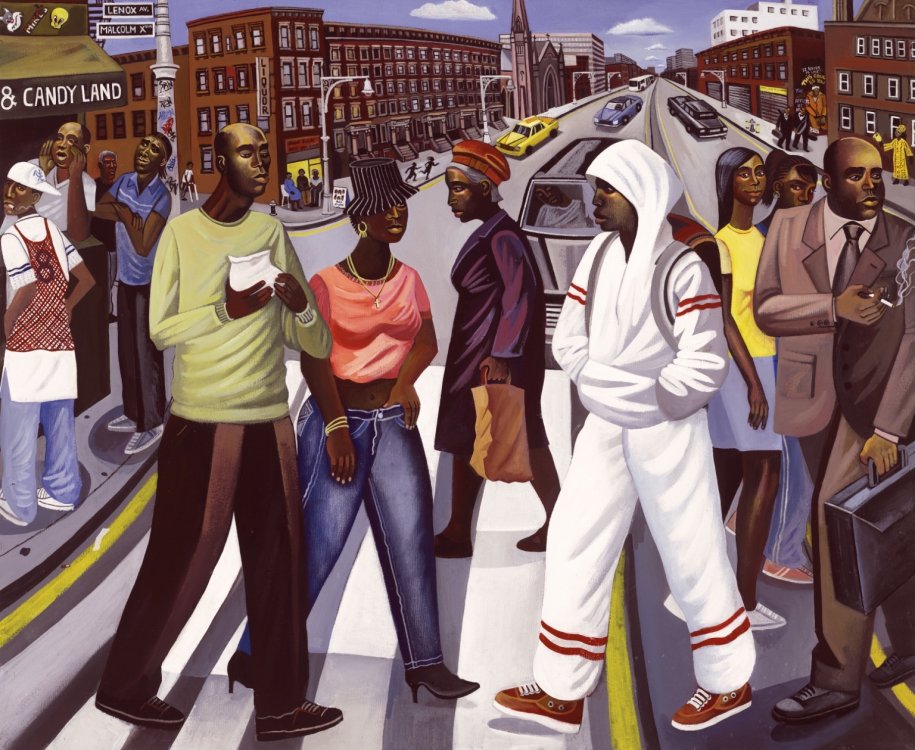
In London Gray’s engagement with the public as a local artist goes beyond the canvas. He sometimes writes for the local newspaper reviewing exhibitions and theater performances, and he supports his local pub from time to time. He also does art workshops in a primary school close to his home.
Teaching is not new for Gray. He began his career as a school art teacher in Peckham over twenty years ago. “It was a tough school that I worked in, but it was very rewarding to see how art can be used as a platform to humanize these kids, who have been dehumanized in some difficult situations.” In 2009 he collaborated in an art workshop in Langa Township in Cape Town, when he was chosen to represent England for the official Fine Art Collection for the 2010 World Cup in South Africa.
Often Gray uses old newspapers on tables for the children’s art workshops. “When I see the apartment adverts in those newspapers, I wonder if these kids are ever going to be able to afford them,” and then Gray adds, “For them it’s going to be really hard to have the amount of money you need as a student to go to art college.” Yet giving the opportunity to these kids is an act of empowerment.
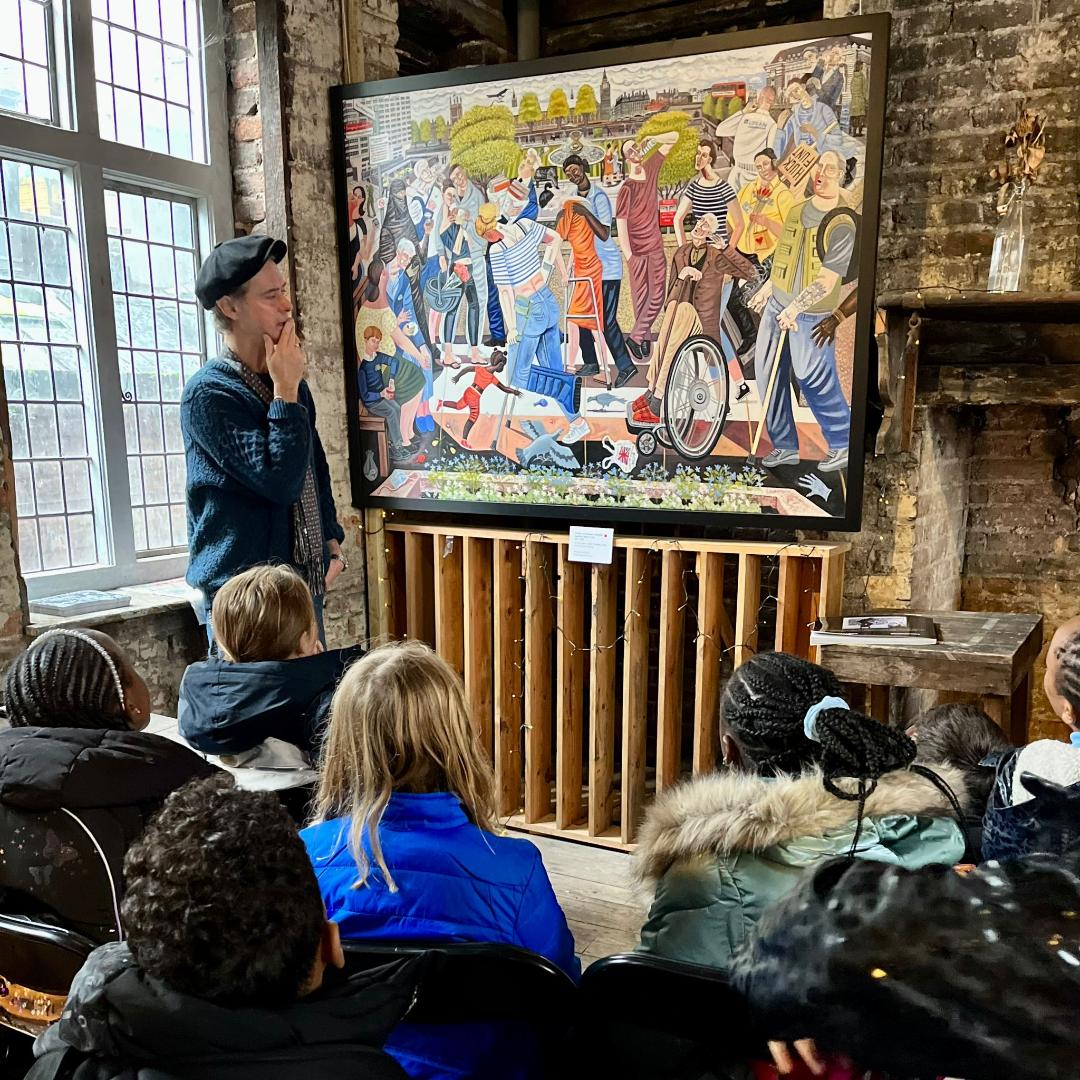
***
Every time Gray has an exhibition, the paintings become stories that people respond to. “It’s a really interesting moment of exchange because it’s a way of giving back,” he says. Some of the people that are in his paintings might come to the exhibitions. Other visitors will know the neighborhood or they will know the people painted by Gray. Then the magic happens. People take ownership of that space which Gray creates. They will exchange conversations and tell Gray their stories, “which is the most unexpected and the most fascinating part of what I’ve been doing.”
I ask Gray if that exchange of stories with people at his exhibitions feels to him that he could finally close the circle of what he wants to achieve. Surprisingly, he replies that the idea of the circle is the right metaphor for what he is doing “emotionally, but also physically, with his work.” His paintings begin with a circle.
To explain, he takes me on a live video tour of his atelier, and shows me the method that he uses to create his work. It begins with sketchbook drawings that he makes in the streets. Then once in the studio, he marks a boundary circle on the canvas. Like when you experience being in the streets and you move amongst people. His paintings are full of movement. They are compositions of people and things that he has seen in the street.
Inspired by the early eighteenth-century artist William Hogarth, Gray says he is similarly looking at the structures in our society, “I am trying to understand what’s going on at the local scale in London.” Some answers are in his exhibitions, in people’s stories, that indeed close that circle. Amid the ongoing changes in London, the paintings give Londoners the emotional knowledge to find their place in the shifting city, and feel less powerless.
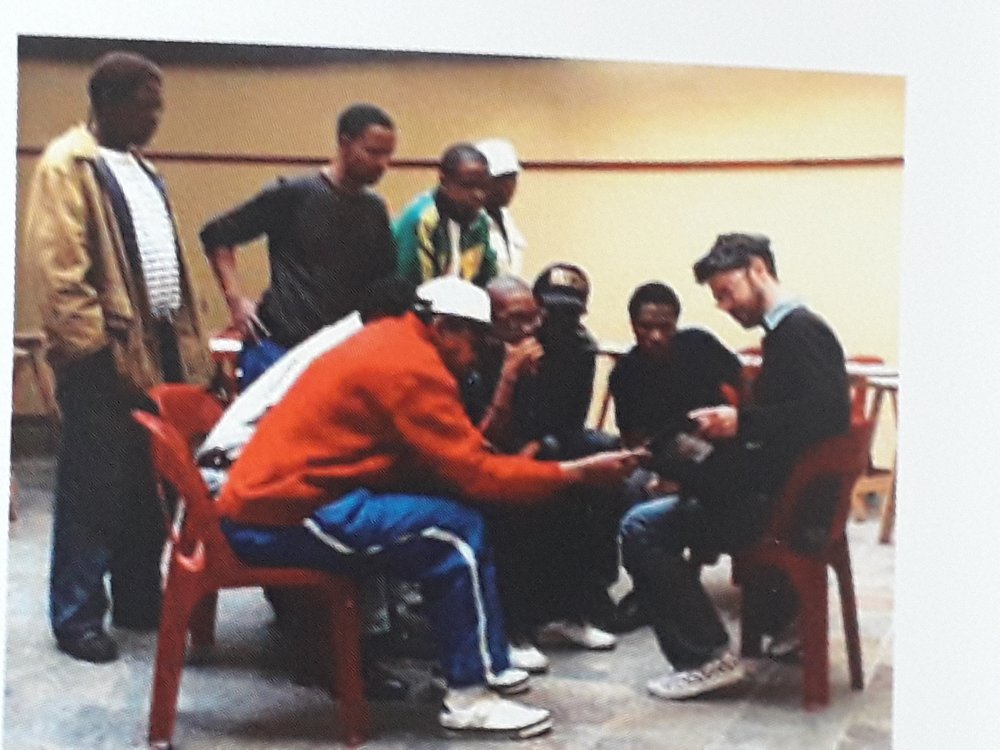
Gray tells me that his last exhibition in November in Spitalfields was quite emotional. The political events going on in his country – Brexit, the pandemic, and the consequent anger – have fed his recent work. That exhibition coincided with the Gaza war. “People were coming to the exhibition in this time of uncertainty. It was a really powerful thing to bring people together to just talk about human things, talk about the things that are important to them.”
I personally became a witness to how Gray’s paintings metastase into the subjective experience of particular people when one activist I covered years ago in London contacted me. After reading my article about the displacement of a local business in Gray’s neighborhood, he felt the need to help elevate those voices perhaps by bringing the artist’s work to the attention of others in London and beyond: “May I introduce you by email to a brilliant urban artist from Rotherhithe? Ed Gray has a keen eye for the issues you address.”
“Personally, my work is a reflection of how I feel about society and the importance of society and the importance of community,” says Gray. Viewers of Gray’s work start with the tiny circle of their own experience, but gradually through his paintings they acquire more expansive ways of seeing around us and understanding each other. Market forces might have outpaced a democratic form of development in our cities, but the humanistic mind that Gray feeds with his painting can still grow and elevate the value of a shared community.
